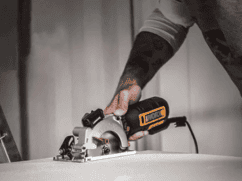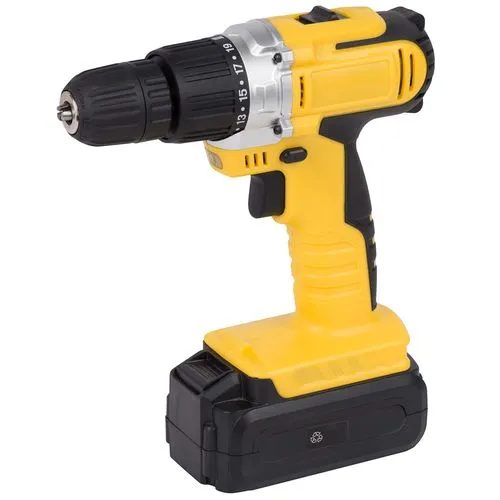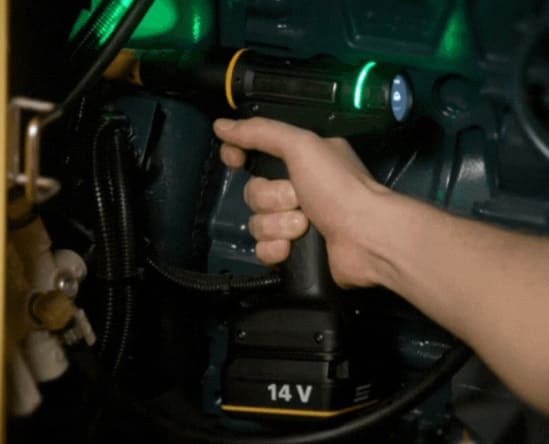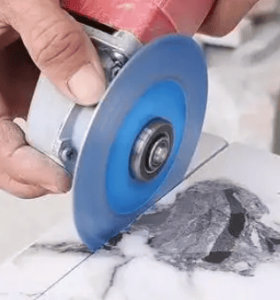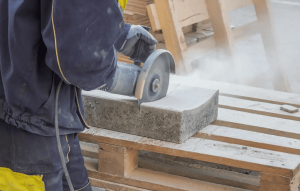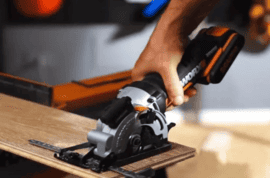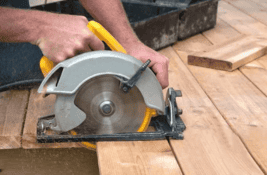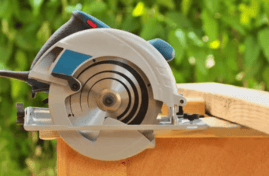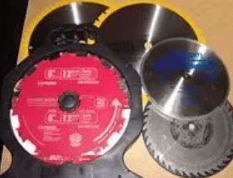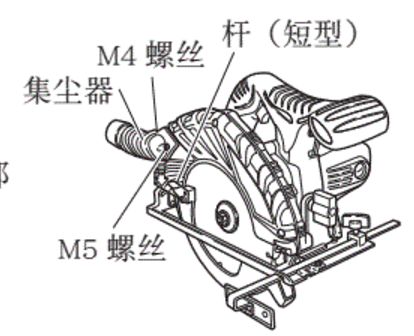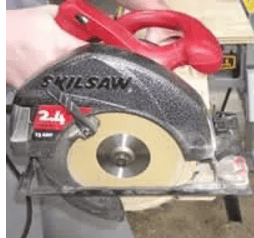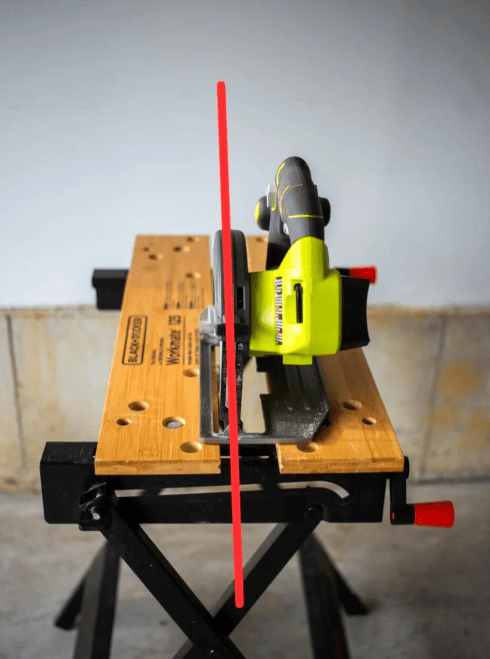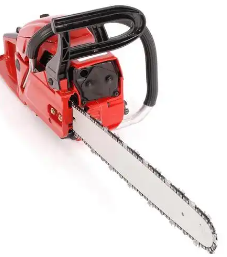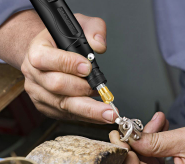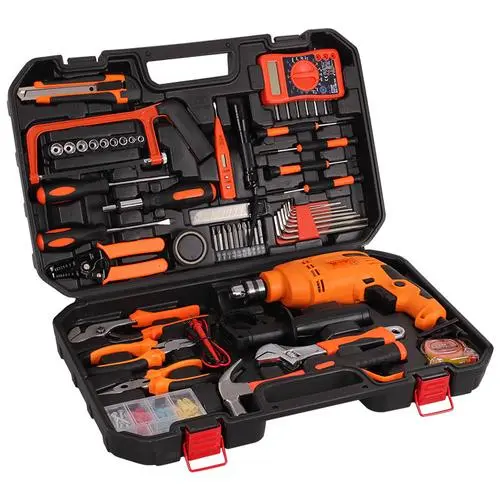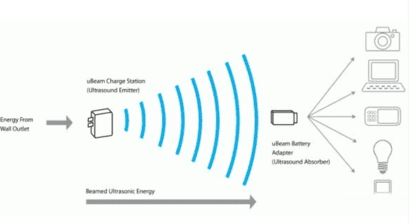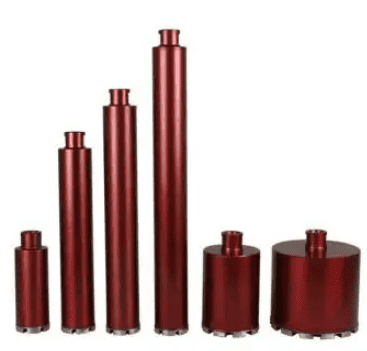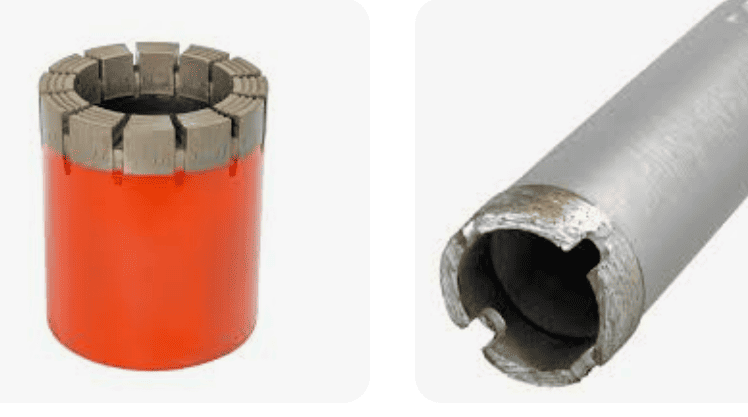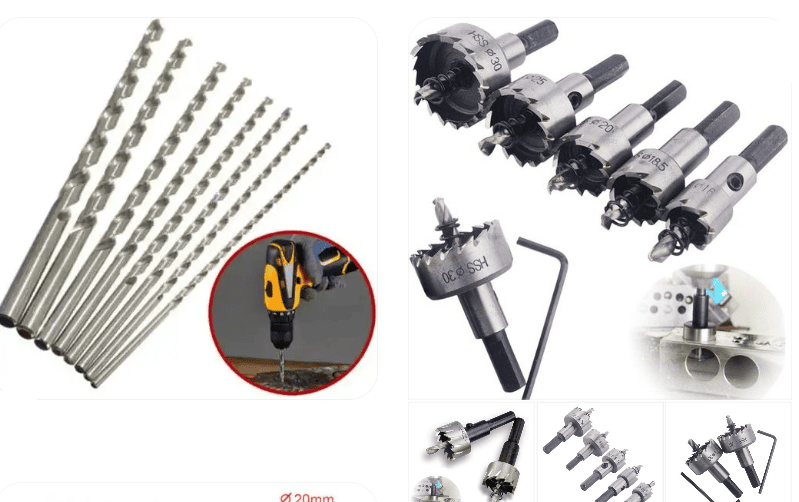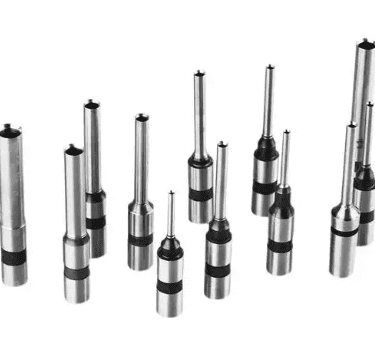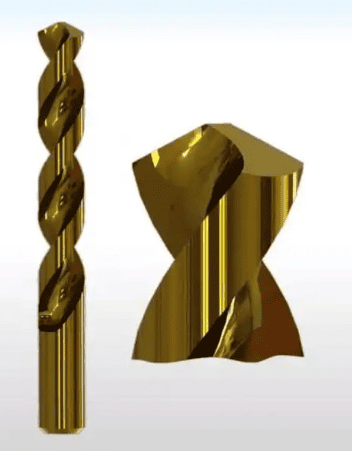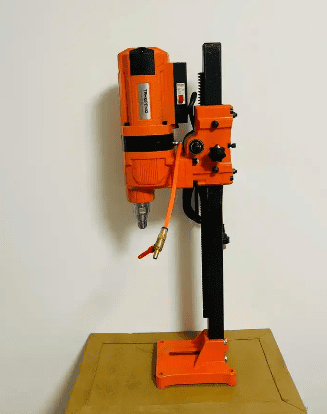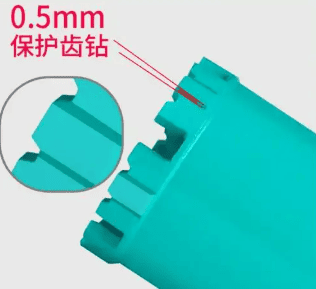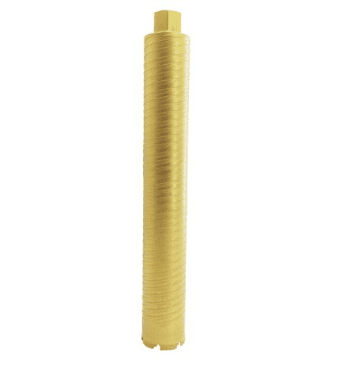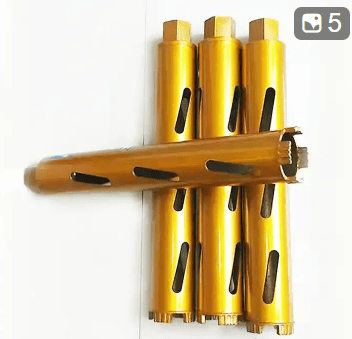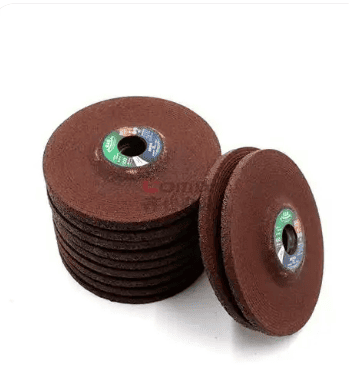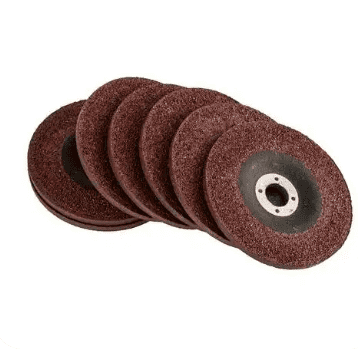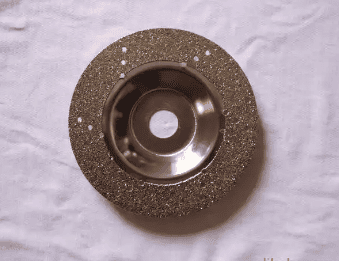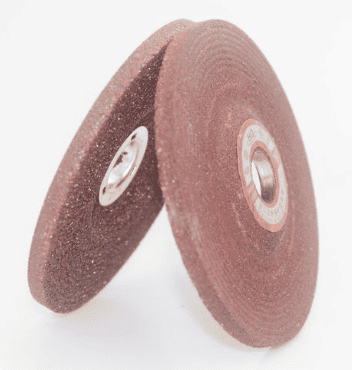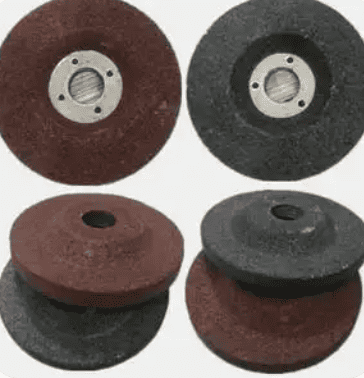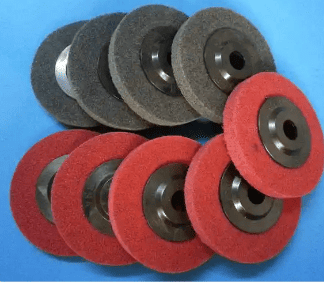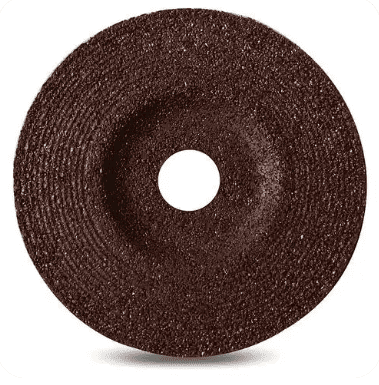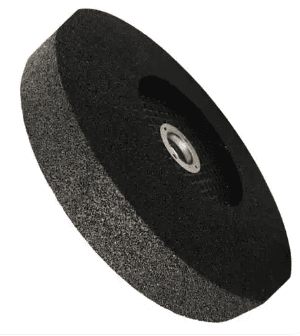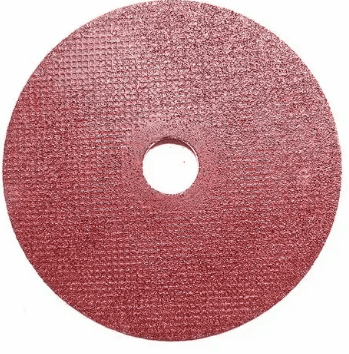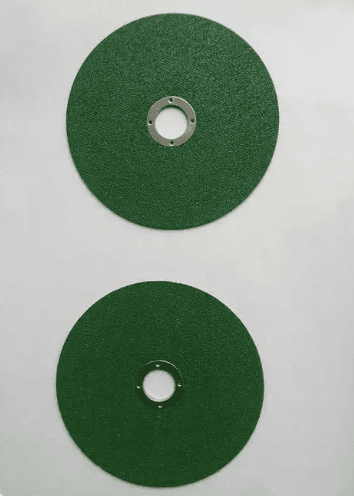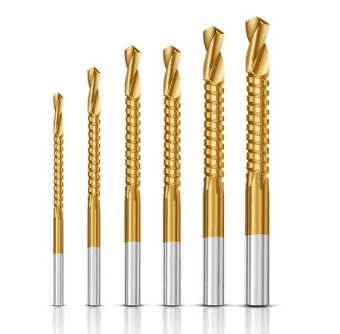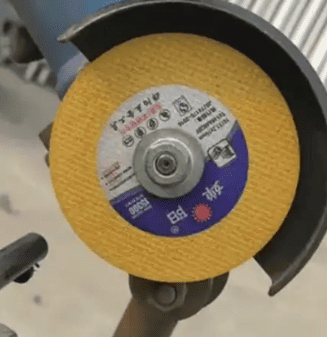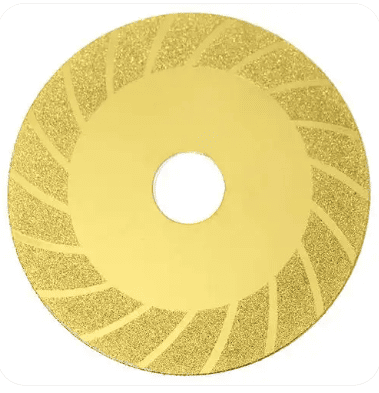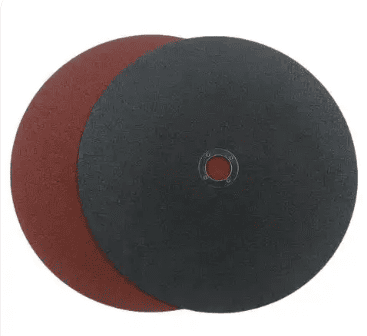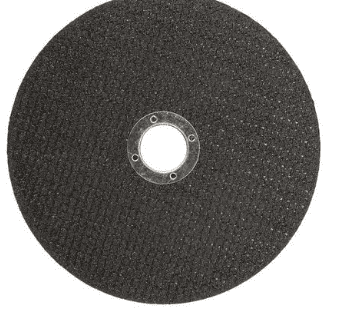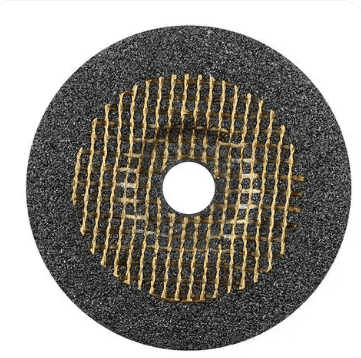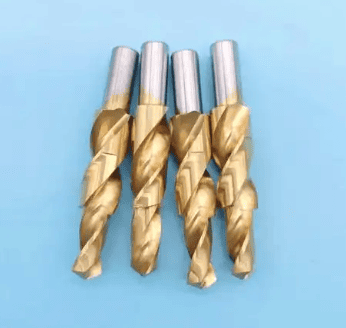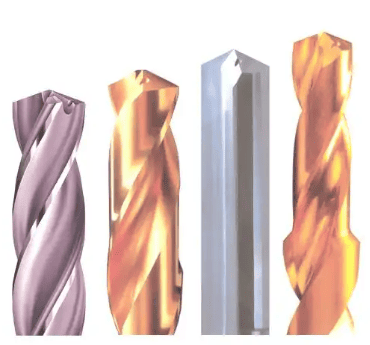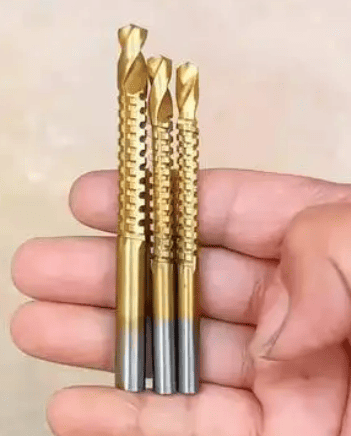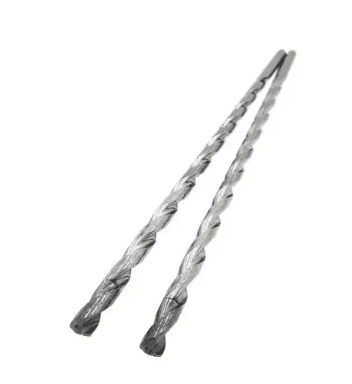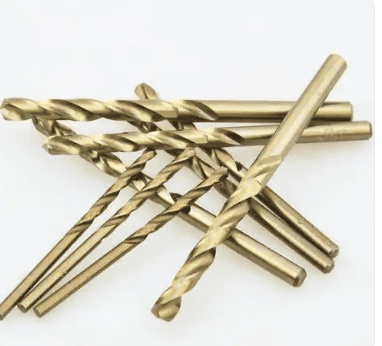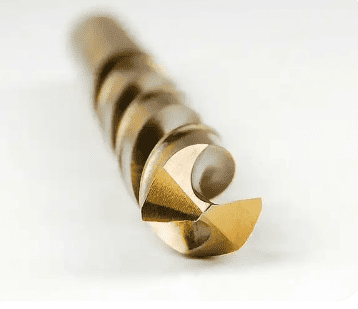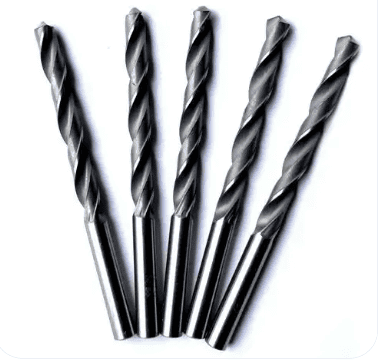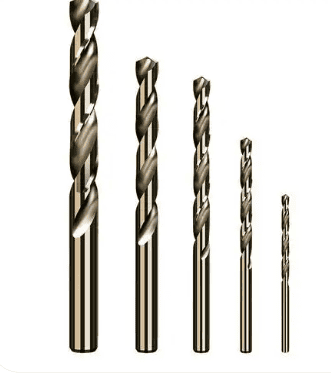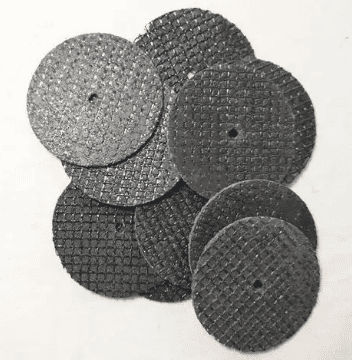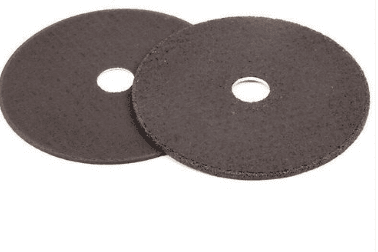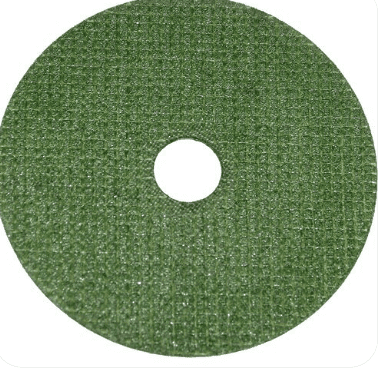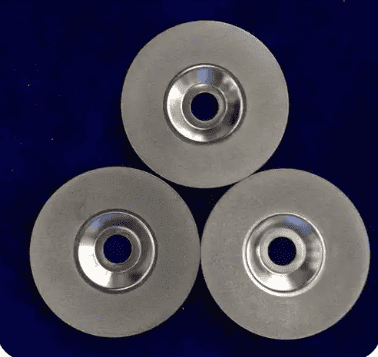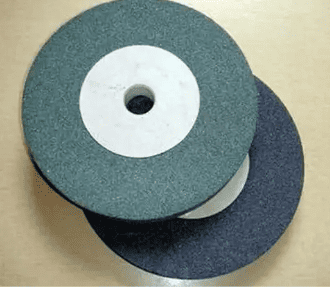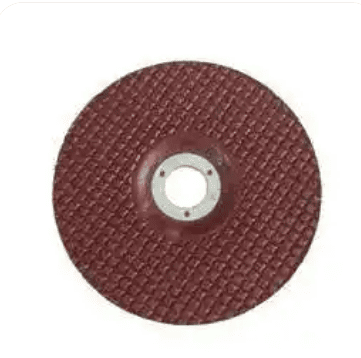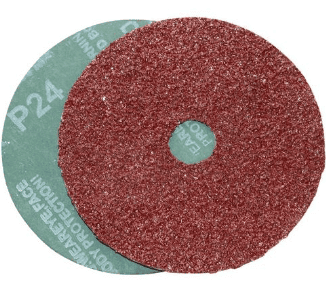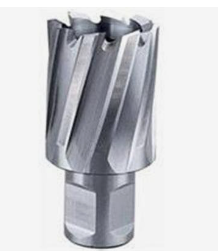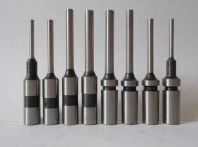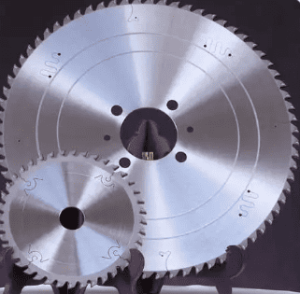What Is the Difference Between a Rotary Drill and a Core Drill?
The core difference between a rotary drill and a core drill lies in how they remove material to create a hole: rotary drills grind away the entire material within the hole’s circumference, while core drills cut only a ring-shaped groove, leaving a solid cylinder (the core) intact inside the hollow drill bit. This fundamental distinction in material removal drives all other differences in their design, application, and usage.
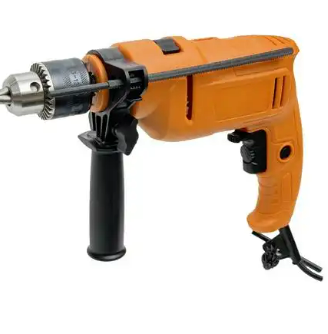
I. Difference in Working Principle
The core distinction starts with how they make a hole. A rotary drill (like a common twist drill bit) is fundamentally a solid tool. When in operation, the drill bit spins rapidly while significant axial force (downward pressure) is applied. The sharp cutting edges at its tip and along its flutes grind, shear, and scrape away the material directly in front of it and along the sides of the developing hole. The heat generated by this friction and the physical removal of material as chips creates the hole. The spiral flutes (grooves) running up the bit serve a critical purpose: they act as channels to lift the generated chips (waste material) out of the hole and away from the cutting zone. Failure to remove these chips efficiently leads to overheating, bit binding, and poor hole quality or bit damage.
In stark contrast, a core drill features a hollow cylindrical structure. Instead of grinding away all the material within the hole diameter, its cutting action is concentrated on a thin ring at its perimeter. The business end of a core drill is a cylindrical barrel, usually made of steel, with industrial diamonds (either bonded in a matrix or as segments brazed on) embedded around its open cutting end. As the core drill rotates, these diamond-impregnated edges grind through the material, creating only a narrow kerf (the width of the cut). The material inside this kerf remains untouched and forms a solid cylinder, known as the core. This core slides up into the hollow center of the drill barrel as drilling progresses. No flutes are needed to evacuate fine dust; instead, water is almost always used for cooling, lubrication, and flushing the abrasive slurry out of the kerf. This process is inherently cooler and generates significantly less waste material compared to rotary drilling a hole of the same diameter.
II. Difference in Scope of Application
This fundamental difference in material removal dictates where each tool excels. Rotary drills are the versatile workhorses for creating smaller holes in a vast array of materials. Equipped with appropriate bits (twist drills, masonry bits, spade bits, hole saws, etc.), they are indispensable for tasks like drilling pilot holes for screws, creating holes for wiring or pipes in wood studs or drywall, drilling into metal plates, or installing anchors in relatively soft concrete or brick. They are the go-to tool for general construction, metalworking, woodworking, and DIY projects where hole diameters are typically small to medium (from fractions of an inch up to a few inches), and removing the entire volume of material is practical and efficient. Hole saws, which are hollow, function more like small, crude core drills but are generally classified under rotary drill accessories due to their typical use and power requirements.
Core drills, conversely, are specialists designed for one primary task: creating large-diameter holes (typically starting around 1 inch and going up to several feet) through hard, abrasive materials. Their niche is in drilling through reinforced concrete, brick, stone, masonry, asphalt, and similar tough substrates. Common applications include creating holes for plumbing pipes (waste lines, water mains), electrical conduits, HVAC ducts, anchor bolts for structural steel, and taking core samples for concrete strength testing or geological surveys. The core drill’s efficiency shines in these applications because it only cuts the perimeter. Drilling a 4-inch hole through thick concrete with a rotary drill and a large hole saw would be incredibly slow, generate massive amounts of dust, require immense power, and quickly destroy the hole saw teeth. A core drill accomplishes this task faster, with less power consumption, minimal dust (when used with water), less structural vibration, and leaves a clean, precise hole with an intact core sample that can be inspected. They are essential tools in heavy construction, utility installation, concrete testing, and mining/geotechnical exploration.
III. Difference in Structural Form
The functional requirements lead to distinctly different structures. A rotary drill bit (taking the ubiquitous twist drill as the prime example) is a solid shaft. Its key structural components are:
- Shank: The end gripped by the drill chuck.
- Body: The main portion featuring spiral flutes. These flutes provide chip clearance and form the cutting edges.
- Land/Margin: The narrow strip bordering the flute, providing guidance within the hole.
- Web: The solid central column connecting the two flutes, increasing strength but also creating the problematic “chisel edge” at the tip.
- Point (Cutting Tip): Ground to specific angles (lip angle, point angle, clearance angle). It usually consists of two main cutting lips (primary edges) that do the shearing, connected by the chisel edge (a negative-rake edge that scrapes/pushes material rather than cleanly cutting it). The heel is the trailing edge behind the cutting lip.
A core drill, on the other hand, is defined by its hollow barrel. Its key structural components are:
- Hollow Steel Barrel (Core Barrel): The main cylindrical body. Its diameter defines the hole size. Thicker walls generally provide more rigidity and durability.
- Cutting Segment/Matrix: The business end. Industrial diamonds, the hardest material known, are embedded in a wear-resistant metal matrix (like sintered metal powder) or bonded as individual segments. This diamond-impregnated ring is attached (often brazed) to the open end of the barrel. The matrix formulation and diamond grit size/concentration are tailored to the specific material being drilled (e.g., soft vs. hard concrete, abrasive vs. non-abrasive rock).
- Arbor/Drive Shank: The solid end opposite the cutting head. This connects the core barrel to the core drill machine, transmitting rotation and thrust. Arbors often have a threaded or bayonet-style connection and may incorporate a pilot bit or stabilizer bearings.
- Water Channels: Core barrels feature ports near the arbor connection. Pressurized water is pumped down through these channels, exiting near the cutting segments to cool them, lubricate the cut, and flush out the grinding slurry from the narrow kerf. Some core bits have segments designed to create a slight undercut, helping to break the core free once drilling is complete.
IV. Key Usage Considerations
Successfully and safely using either type of drill requires attention to specific factors:
- Selecting the Correct Bit Type and Material: This is paramount. Using a standard HSS twist drill on concrete will blunt it almost instantly. Always match the drill bit’s material and design to the workpiece material. For rotary drills: HSS for metal/wood, Carbide-tipped masonry bits for brick/block, Diamond-coated or Carbide grit for tile/glass. For core drills: Ensure the diamond matrix is suited to the hardness and abrasiveness of the concrete/rock you are drilling. Softer, more abrasive materials require a harder matrix to hold the diamonds longer.
- Speed (RPM) and Feed Rate (Pressure): Optimal settings vary drastically by material and bit size/diameter. Rotary Drills: Smaller bits and softer materials generally require higher RPM; larger bits and harder materials require lower RPM and higher pressure (feed). Excessive speed in hard materials causes rapid heat buildup and dulling. Core Drills: Typically operate at much lower RPM than rotary drills of similar power. Speed is critical – too fast generates excessive heat, glazing the diamond segments (making them smooth and ineffective); too slow reduces productivity. Feed pressure must be firm and consistent, allowing the diamonds to grind without bogging down the motor or causing excessive segment wear. Let the tool do the work.
- Cooling and Lubrication: Essential for bit life and performance. Rotary Drills: Often use cutting oil for metal drilling to reduce friction, cool the bit, improve finish, and help evacuate chips. Some masonry drilling benefits from occasional water application (if safe for the tool and material). Core Drills: Water cooling is absolutely essential for almost all applications. It prevents the diamonds from overheating (which can burn or oxidize, destroying the bond), lubricates the cut, suppresses hazardous silica dust (a major health concern when drilling concrete/rock), and flushes the grinding slurry from the kerf. Dry core drilling exists but requires specialized bits, generates extreme dust requiring powerful vacuum systems, and shortens bit life significantly.
- Securing the Workpiece and Tool: Rigid setup is crucial for safety and accuracy, especially with large core drills. Rotary Drills: Clamp workpieces securely. Use pilot holes for large bits. Ensure the drill has a side handle for better control and torque resistance. Core Drills: Must be securely mounted, typically using a heavy-duty drill stand firmly anchored to the work surface (vacuum base, anchor bolts, or substantial weight). The machine itself must be stable. Attempting to hand-hold a core drill for anything beyond very small diameters is extremely dangerous due to the immense torque reaction.
- Hole Depth and Chip/Dust Management: Rotary Drills: Frequently retract (“peck drill”) to clear chips, especially in deep holes or gummy materials, to prevent binding and overheating. Use compressed air or coolant if possible. Core Drills: Periodically retract slightly to allow water to flush effectively. Monitor core development. Once the hole is deep enough, the core must be broken and extracted (using wedges, core lifters, or specialized tools) before continuing or finishing.
V. Understanding Drill Bit Types
Choosing the right bit is critical for both rotary and core drilling. Here’s a deeper look at common types:
- Twist Drills (The Standard Rotary Bit): The most common. Features helical flutes. Versatile for metal, wood, plastic. Sizes from tiny (<1mm) to large (>25mm). Different point angles and coatings (HSS, Cobalt, TiN, Black Oxide) optimize for specific materials.
- Masonry Drills (Rotary): Designed for concrete, brick, stone. Feature a carbide or tungsten carbide tip brazed onto a steel shank/body. The tip geometry (often a spade or cross shape) is optimized for hammer drilling action (impact + rotation).
- Spade/Paddle Bits (Rotary): Flat blades with a central point and cutting spurs. Fast drilling of large holes in wood. Create rough holes.
- Hole Saws (Rotary): Hollow cylinders with saw teeth around the rim and a central pilot drill bit. Used for cutting large holes in wood, drywall, thin metal, and plastic. Function similarly to small core drills but lack diamond cutting edges and water cooling, limiting their use in hard materials.
- Diamond Core Bits: The standard for core drills. As described above: hollow steel barrel with diamond-impregnated segments at the cutting end. Available in a vast range of diameters and matrix types for specific materials.
- Specialty Bits: Includes Center Drills (for accurately starting holes on lathes), Countersinks (for creating conical recesses for screw heads), Counterbores (for creating flat-bottomed recesses for bolt heads or nuts), Step Drills (for drilling multiple hole sizes with one bit in thin sheet metal), Installers Bits (long, flexible bits for drilling through framing to run wires/pipes), Auger Bits (deep, fast drilling in wood with screw tips for pulling the bit), and Tile/Glass Bits (often spear-pointed carbide or diamond-coated for brittle materials).
Conclusion
While both rotary drills and core drills create holes, their methods, strengths, and applications are worlds apart. The rotary drill, with its solid bits grinding away all material, is the versatile champion for smaller holes across diverse materials in general construction and fabrication. The core drill, with its hollow barrel and diamond-cutting perimeter, is the specialized master for efficiently creating large, precise holes in hard, abrasive materials like concrete and rock, leaving a core sample behind. Understanding their fundamental difference in material removal – full excavation versus annular cutting – is key to selecting the right tool for the job, ensuring efficiency, safety, and optimal results. Always prioritize matching the tool and bit to the material, use correct operating parameters (speed/feed), ensure adequate cooling (especially for core drilling), and maintain a secure setup.

